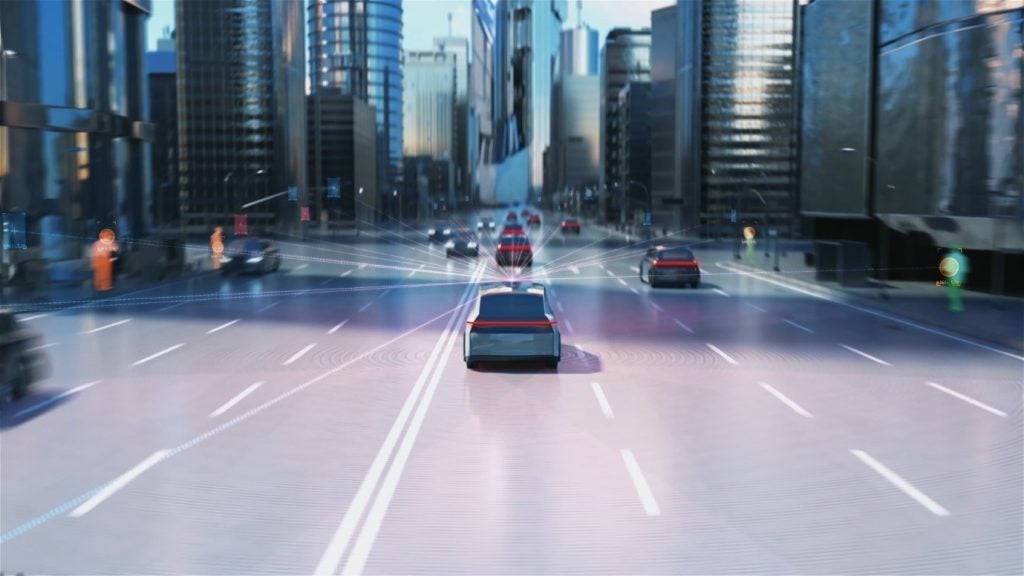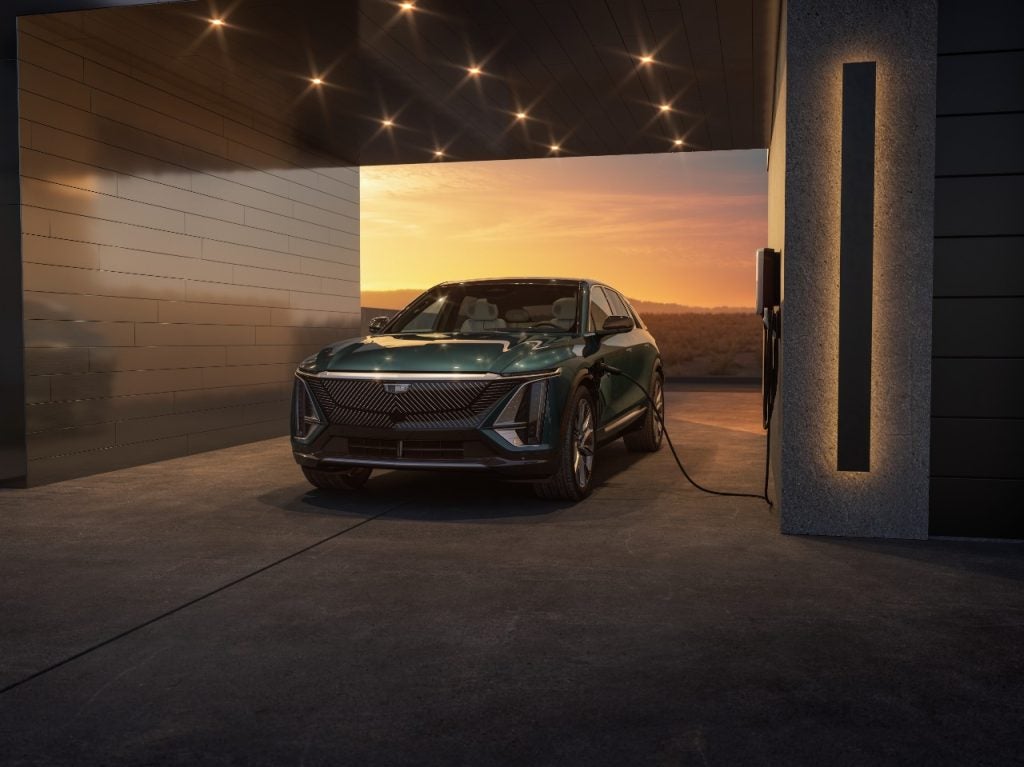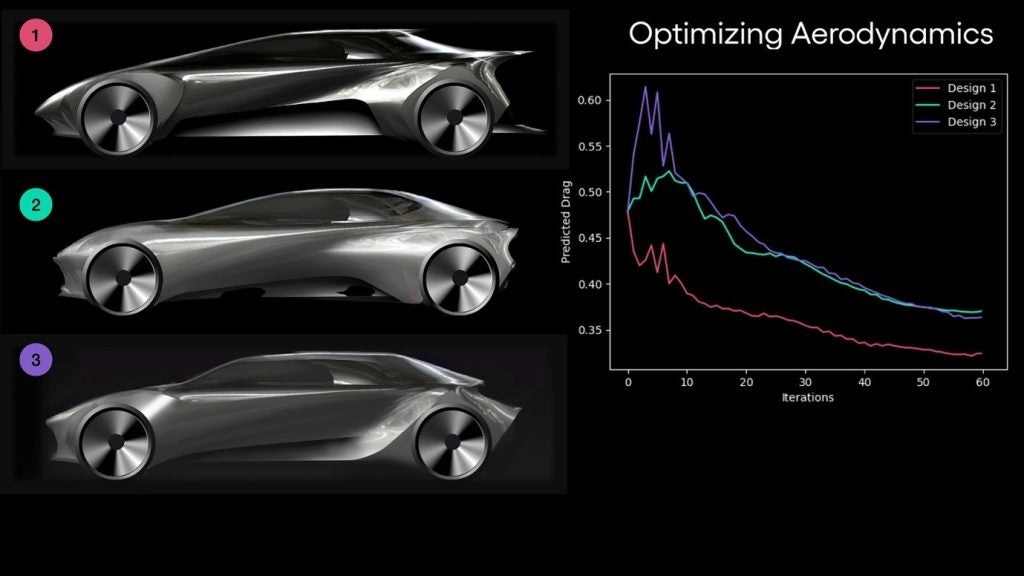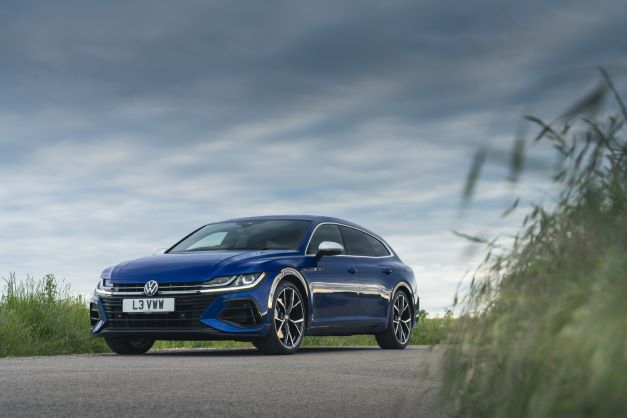
Inside story
The desire for a spacious interior, something always equated with luxury, is prompting interior designers to use new combinations of electronics and mechanical functions to modify or move pre-existing systems like heating/cooling and audio facilities. In terms of controls, touchscreens offer space-saving possibilities, but designers are faced with the problem of distracting the driver’s attention. The latest generation of Arteon Shooting Brake appears to have struck the right balance.
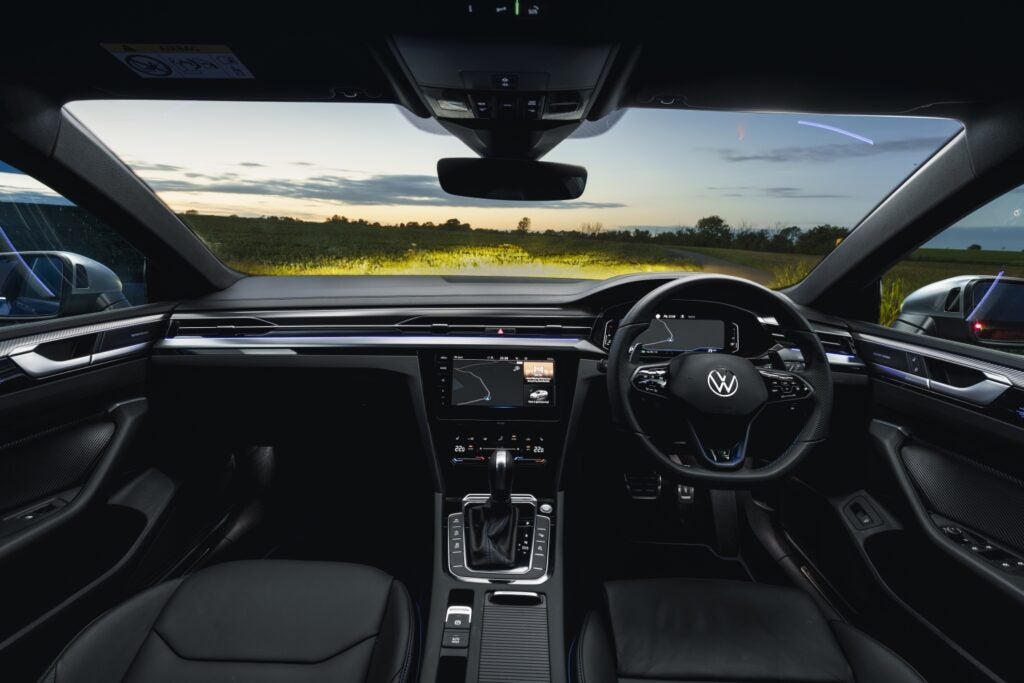
Since its launch in 2017, Volkswagen’s interior designers have since redesigned the entire dash panel – consisting of the cockpit, surfaces, air outlets, trims, and centre console – including the infotainment section and air-conditioning controls – as well as the top sections of the door trims. The analogue clock has been removed. The net result is a minimalist layout that runs in a straight line and with a clean form.
The door trims are covered with new leatherette surfaces that are more pronounced with decorative seams, visually creating a link to the Touareg. On the dash, real wood (Regal Eucalyptus) or metal (Hatched and Aluminium Black Carbon) applications add a classy touch. Its ambient lighting can be adjusted using no fewer than 30 colours. The selected colour illuminates the decorative trim across the dash, door trim and cubby spaces, front footwells and central storage compartment. The digital instruments and infotainment system also take on the selected background colour.
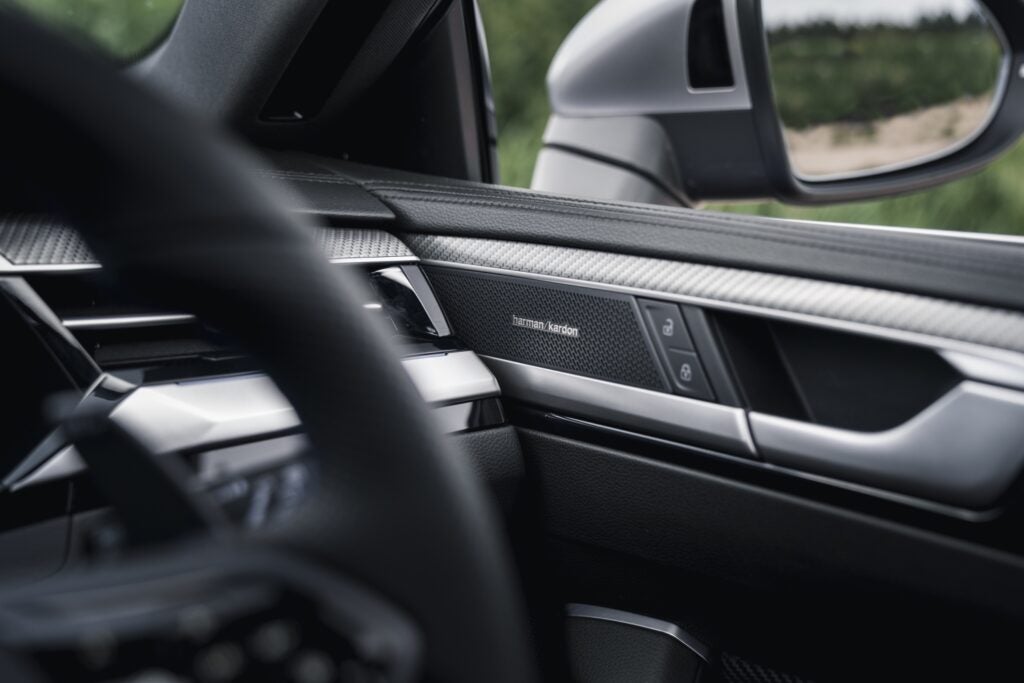
HVAC dials controls have been replaced with touch sliders for the automatic air-con and a new multifunction steering wheel with touch controls. The temperatures of the optional Climatronic can now be set via a touch slider. The same applies to the blower function in the manual mode. Seat heating, windscreen and window defrosting functions as well as other air-con regulations are also controlled using the touch-sensitive surfaces in the centre console.
The sense of space in the front and back seats is noticeable with plenty of legroom. The outer rear seating positions take the form of contoured individual seats, while the third (centre) seat is reasonably comfy all things considered. The middle seat position also features an armrest which can be folded down, and behind it is a large pass-through opening which comes in handy when loading long bits and pieces.
Size-wise, due to its roof design, the Shooting Brake version provides added headroom at the front and rear of 1,008 to 1,019 mm (+11 mm) at the front and 883 to 835 mm (+48 mm) at the rear. The interior width is also identical: 1,500 mm at the front and 1,481 mm at the rear. As standard, the rear seat backrest can be folded asymmetrically in both models. Behind the Arteon Shooting Brake’s rear seat bench is a boot capacity of up to 565 litres if you load up to the rear seat backrest and luggage compartment cover (fastback: 563 litres). Loading the vehicle up to the roof and the front seat backrests will increase the loading capacity to 1,632 litres (fastback: 1,557 litres). The maximum loading area length is 2,092 mm in each case (up to the front seats).
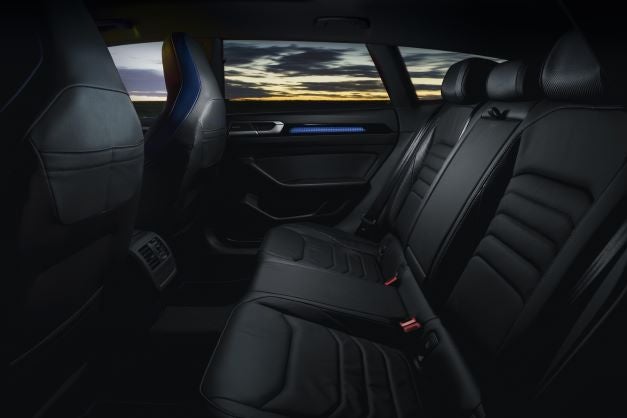
Infotainment and connectivity
On the connectivity front, the now wireless integration of apps via App-Connect Wireless for Apple CarPlay and Android Auto, and a high-end sound system from Harman/Kardon. It uses a 700-watt, 16-channel Ethernet amplifier to power 12 loudspeakers. One loudspeaker act as the Centre Speaker in the dash while another operates as a subwoofer in the boot. The remaining treble, mid-range and bass loudspeakers have been arranged in the doors. The infotainment system coordinates the individual sound control of the sound system which also provides pre-configured settings, such as Pure, Chillout, Live and Energy.
The MIB3’s Infotainment systems are positioned above the air conditioning controls: Ready 2 Discover (8-inch touchscreen with optional navigation function retrofit), Discover Media (8-inch with navigation system, standard in Germany) and Discover Pro (9.2-inch with navigation system). The new features in this context are natural voice control, an upgrade option and the use of compatible smartphones as a mobile key.
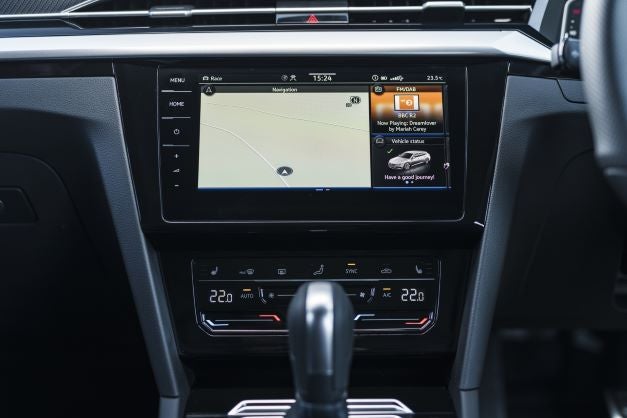
Acoustically speaking
Every car has a laminated windscreen, of course. For some time, however, Europe has led with the adoption of laminated side glass for increased vehicle comfort and security. The first North American vehicle with laminated side windows was launched in 2002 with market demand catching up in Europe. Today, are seeing a clear upward trend for laminated side glass, especially for front door applications due to the acoustical benefit that comes with that value-added product. The Arteon that we took out for a spin last week came fitted with optional front side laminated windows, supplied by Fuyao. Laminated glass provides a three-to-six decibel noise reduction over the tempered glass.
Laminated side glazing has other benefits that go beyond cabin noise. The use of laminate greatly reduces the penetration of UV rays into the vehicle. Other benefits such as safety and security are also considerations for carmakers.
Predictive cruise control
The Arteon is fitted with an array of ADAS technologies, including adaptive cruise control (ACC) with predictive cruise control; city emergency braking; front assist; speed assist; traffic jam assist; lane assist and driver alert fatigue warning system.
Notably, the Arteon is the first VW that can react to changing parameters along the route – operating within system limits. The car’s ACC uses a radar sensor (for distance monitoring), a camera in the windscreen and the route information from the navigation system. Using the camera and the interconnected dynamic road sign display, the Arteon can observe speed limits as well as city limits. At the same time, the car determines its position and predictively adjusts vehicle speed before bends, islands and junctions using the front camera and route information from the sat-nav.
Driver alert system
It also includes the automaker’s second generation of emergency assist. If the driver becomes incapacitated for health reasons, the system slows the car down within system limits but also steers it into the slow lane to perform an emergency stop, traffic behind permitting.
The new emergency assist combines ACC (adaptive cruise control), side assist (lane change system), lane assist (lane departure warning) and park assist (park assist steering) into a single system. Once the sensors determine that the driver has not operated the accelerator, brake pedal or steering wheel over a specified period of time, the system network implements specifically targeted countermeasures.
The driver is initially warned and ‘woken’ through acoustic, optical and haptic signals (braking jolt). If the driver still does not respond, the emergency assist system kicks in with an emergency stop.
On the road
Once seated with the engine purring, you immediately feel engaged with a sense of anticipation. While the absence of physical HVAC dials and buttons might not suit everyone, its uncomplicated cockpit swathed with soft-touch trim and supportive leather seats make this an undeniably comfortable place to sit for a few hours. This five-seat, long-distance cruiser with a practical and flexible luggage compartment compares well to its premium-badged rivals. It also feels practical, spacious and robust. Rival estate models include the BMW 3 Series and Mercedes-Benz C-Class.


